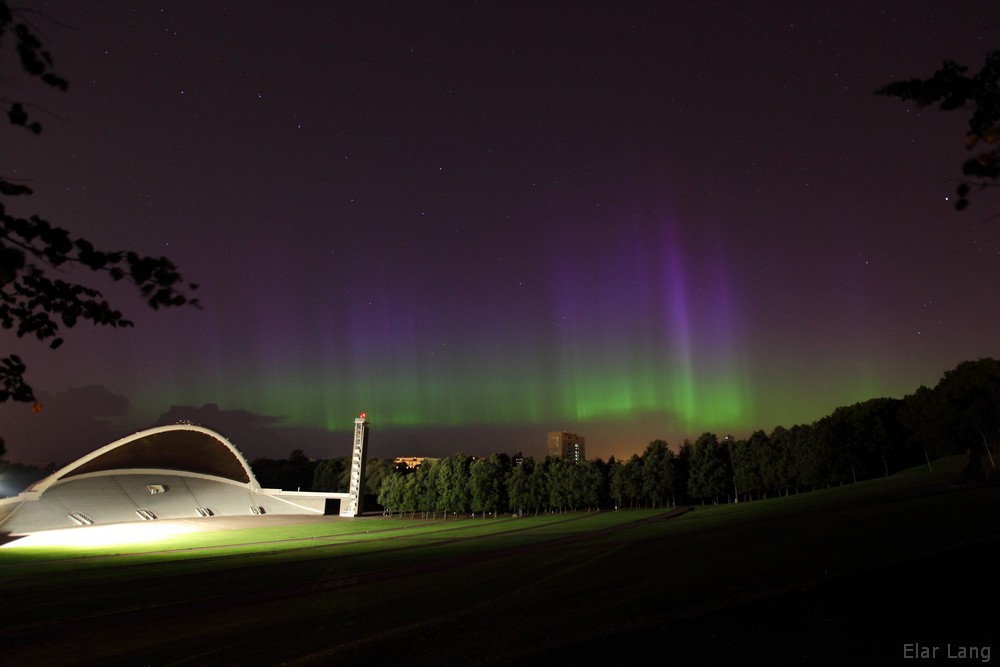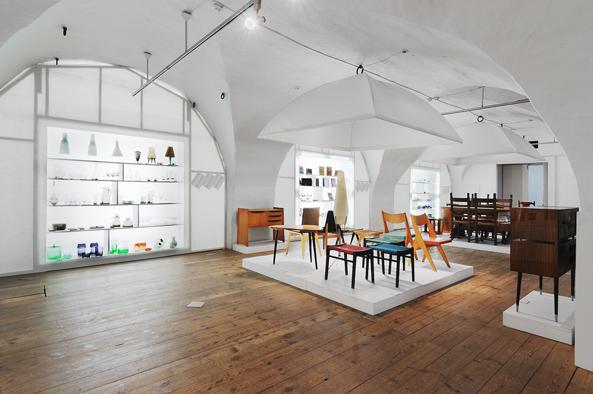The term Nordic is sometimes defined as “the social-democratic countries in the north with a high standard of living”. We see nordic-ness as something cultural, rather than purely polito-economical. If Swedish economy crashed tomorrow would they seize to be Nordic? Of course not. Or was Finland not Nordic in the 1990s when their GDP per capita was similar to Estonia’s today? Of course it was. So it’s not really only about money, it’s about the shared history, similar traditions, familiar behaviours, etc.
What does the country feel like when you’re visiting? How do the people sound like if you don’t know their language? How do they interact and how do they behave? This is what plays into how one categorises a country and its people.
In this light we feel that the terms post-Soviet and also Eastern-European do not accurately describe Estonia, because post-Soviet is still often equated to “Russian-sounding language” and Slavic culture, which is technically incorrect for Estonians who are Finnic people and speak a Finnic language. Post-Soviet is a term that is very loaded, because Estonia was occupied against its will. We don’t call France or Norway a post-Nazi country even though they were also occupied. Arguably Estonia was occupied for much longer and more recently, so such past plays a bigger role than in the case of Norway and France, but at what point is it time to let go? In harsher terms: it’s as if a victim is being labeled by the name of their previous rapist.
In short, Estonia is a little country way up in the north of Europe where people are historically mostly blonde with blue eyes, love cross country skiing, don’t say much, go to sauna, drink mulled wines at the Yule time, make bonfires on summer solstice, and they used to go on viking trips in ancient times.
“What’s wrong with Baltic? Why Estonia wants to be Nordic? Why aren’t you happy being Baltic?”
There’s absolutely nothing wrong with being considered Baltic. Estonia is a Baltic country, but Estonians are not Balts. Estonians are Finnic peoples, like Finns. Only Latvians and Lithuanians are Balts aka “Baltic peoples”. This can create some confusion because all three are considered “Baltic countries” whereas only two are actually Balts. It might make more sense to leave the term Baltic to the actual Balt countries and group Estonia with Finland as Finnic countries. Or maybe Estonia could be considered both, a Baltic, Finnic and perhaps eventually also a Nordic country.
In the Estonian language, terms “Northern-Europe” and “Nordic” are often both translated poetically as Põhjala, and used as synonyms with no differentiation between the two. Throughout history Estonians have called themselves põhjamaalased (“the northern people”) and Estonia as põhjamaa (“the Northern Land”). The most known occurrence of this can be found in the song “Laul Põhjamaast” (“Song about nordic land”) which is of such importance that it has been proposed as a replacement for the national anthem. This creates a strange situation where Estonians grow up naturally calling themselves nordic (uncapitalised) in their native language, only to learn that they are not actually considered Nordic by the rest of the world.

While the term “Eastern-Europe” has many negative connotations, this website is not about what kind of brand is good or bad. Equally it is not about what Estonians want. If you stopped one on a street and asked if he felt Nordic he probably couldn’t care less. It is about what is factually correct and what simply makes sense. There is absolutely nothing wrong with being Baltic — but does categorising Estonia as Baltic or Eastern-European make sense? Lets take a look:
- Folk festivals and organizations that are “Nordic” in nature will promote Finnish culture, but not Estonian culture, even though they are heavily related. There’s many cultural events happening all over the Northern European region and it would help keep the traditions alive if similar cultures could celebrate together in unison.
- Estonia is often left out of categories that include Finland, for no apparent reason other than such categories having been drawn up during time when Soviet Union was still around.
- Finnish language is often lumped in with “Scandinavian studies” in universities, while Estonian is found in the Eastern-European. This makes very little sense, since Finnish and Estonian languages are very related. The genetic proximity of the Estonian and Finnish languages is 16.2. That similar to Spanish and Italian at 16.1 and quite close to Swedish and Danish at 15.7.
- The American-Scandinavian Foundation will support scholars that want to study in Turku, but not in Tartu.
- Despite its Nordic themes and similarities, Estonian poetry will not be included in books of “Nordic poetry”.
- And Estonian folk music, though it is obviously closely related to Karelian, Sami, and Finnish folk music, won’t be included on Nordic music compilations among its relatives.
- Estonian contemporary art and design, though visually identical to the Nordic in its simplicity, minimalism and functionality, is more often found next to Balkan than Scandinavian.

